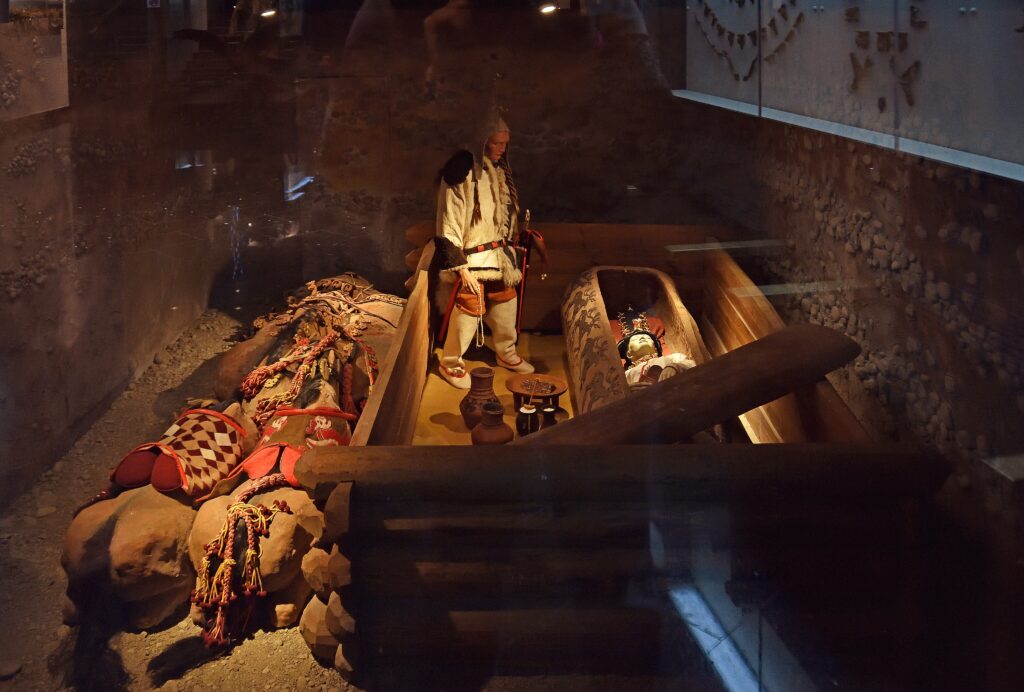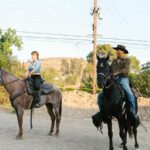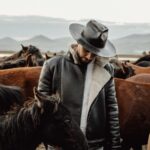In the mist-shrouded fjords and windswept lands of ancient Scandinavia, the Vikings created a society where reputation, honor, and the afterlife held profound significance. Among their most intriguing funerary practices was the burial of horses alongside nobility and warriors. These magnificent creatures weren’t merely possessions but represented deep cultural symbolism and spiritual beliefs that defined Viking identity. Archaeological discoveries across Northern Europe have unveiled elaborate horse burials that continue to fascinate historians, archaeologists, and enthusiasts alike. The practice speaks volumes about Viking cosmology, social hierarchy, and the extraordinary bond between humans and horses during a time when these animals were among the most valuable possessions one could own.
The Spiritual Significance of Horses in Norse Culture
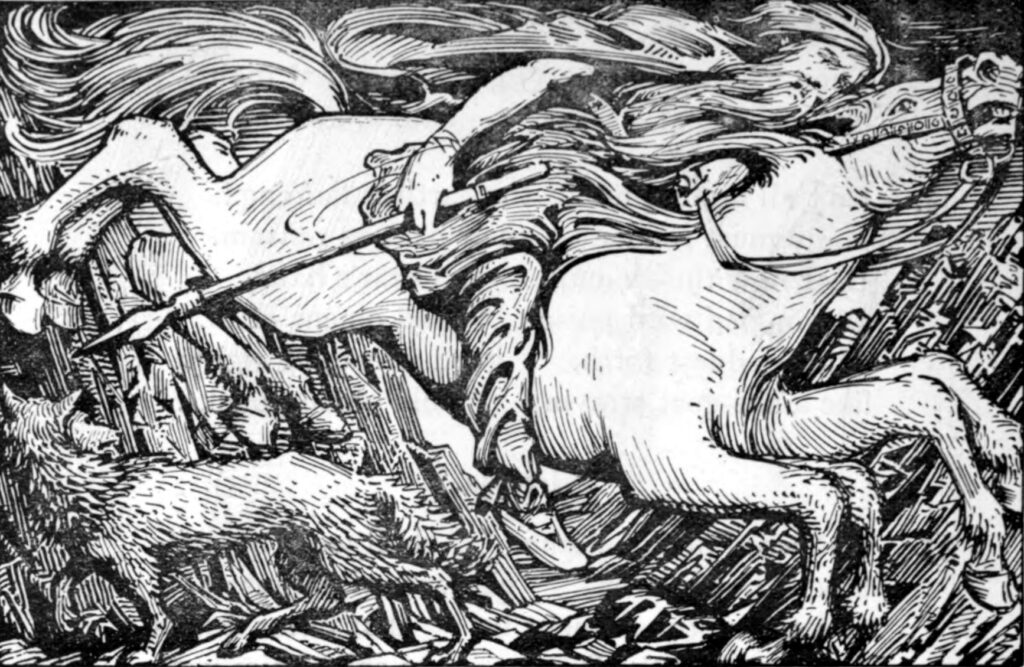
In Norse mythology, horses occupied a position of unparalleled prominence among animals. Sleipnir, Odin’s eight-legged steed, could traverse between worlds, symbolizing the horse’s ability to cross boundaries between the living and the dead. Horses were considered psychopomps – spiritual guides capable of carrying souls to the afterlife through the nine realms of Norse cosmology. Archaeological evidence suggests Vikings believed that sacrificing a horse during funeral proceedings ensured the deceased would have transportation in the afterlife. This spiritual connection elevated horses beyond mere utility, transforming them into sacred beings that served as intermediaries between the mortal realm and the divine spheres where fallen warriors would feast in Valhalla.
Archaeological Evidence of Horse Burials
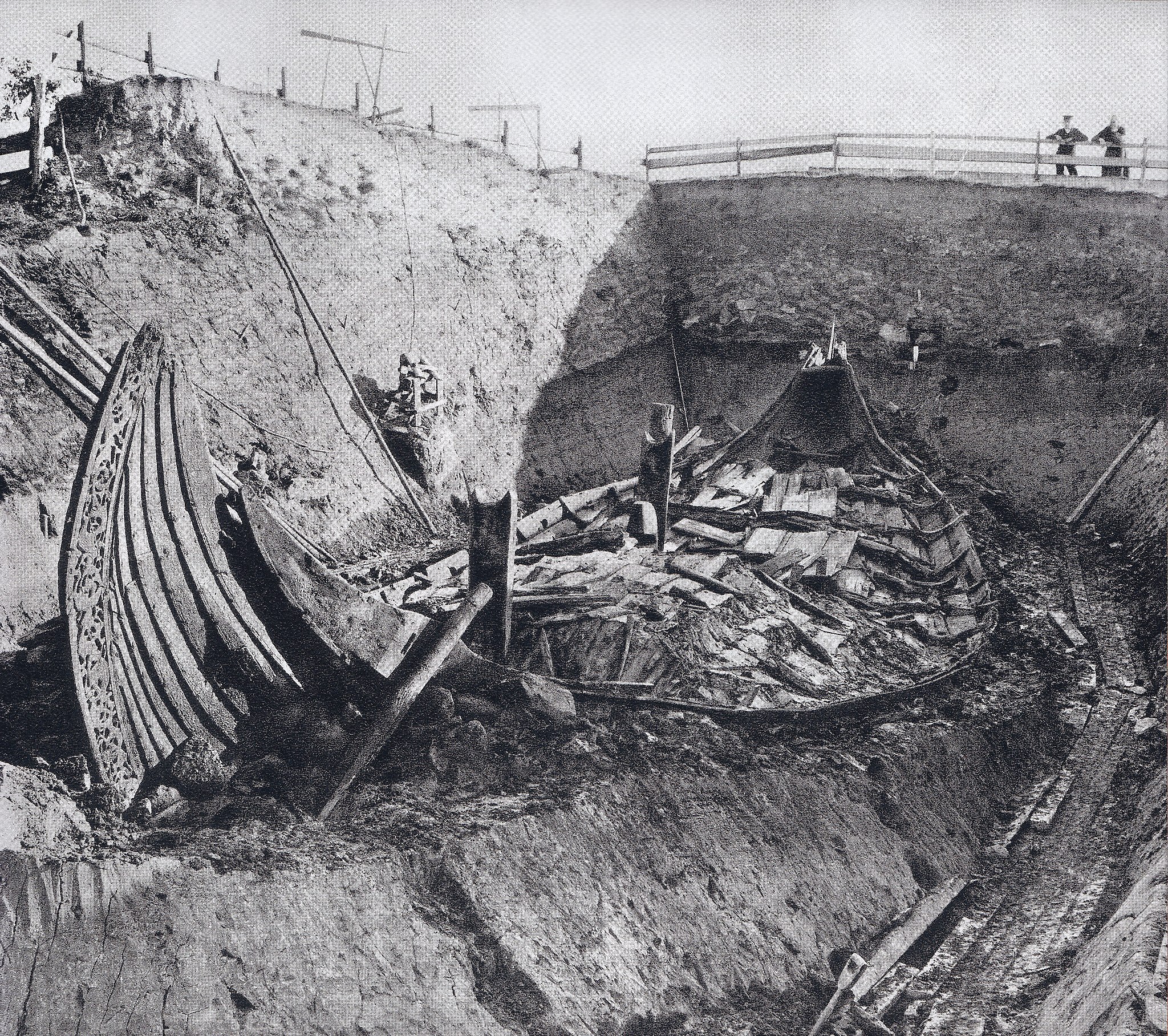
Excavations across Scandinavia, the British Isles, and other Viking territories have yielded compelling evidence of horse burials dating from the 7th to the 11th centuries. The Oseberg ship burial in Norway, discovered in 1904, contained the remains of two women accompanied by fifteen horses that had been sacrificed as part of the funeral ritual. At Ballateare on the Isle of Man, archaeologists uncovered a warrior buried with his sword, shield, and faithful horse. Perhaps most famously, the Gokstad ship burial contained the skeletal remains of twelve horses arranged around the vessel, suggesting an elaborate ceremony honoring the deceased chieftain. These discoveries provide tangible evidence of the widespread practice, with horse remains typically showing signs of ritual slaughter through distinct cut marks on cervical vertebrae.
Symbols of Wealth and Status
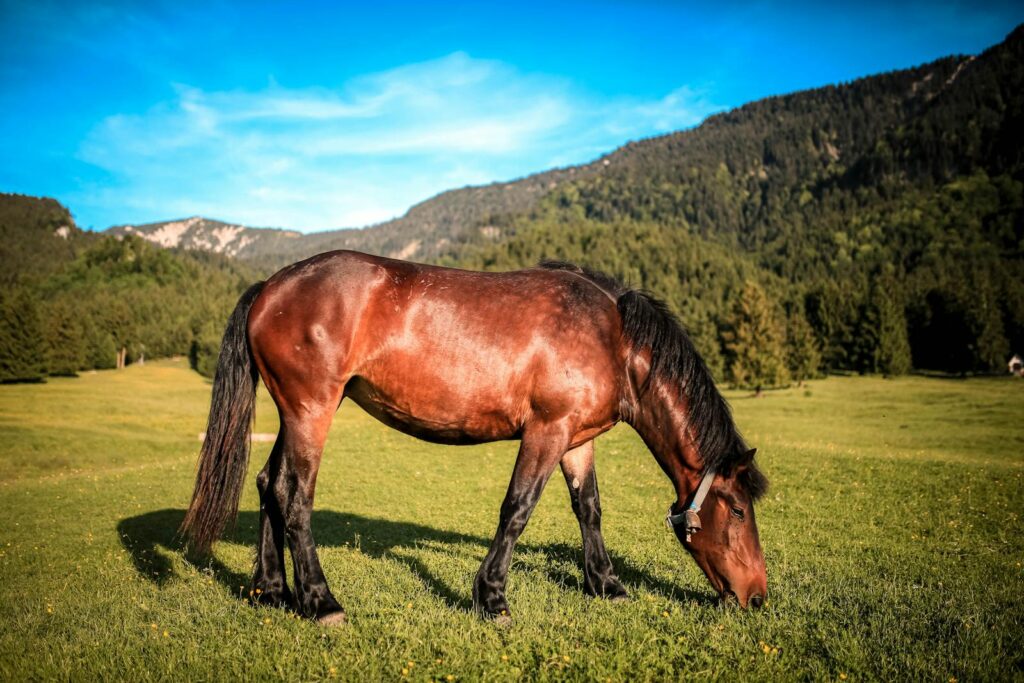
Horses represented significant economic investment in Viking society, making their sacrifice a powerful statement of the deceased’s wealth and social standing. Breeding, training, and maintaining horses required substantial resources, limiting ownership primarily to nobility and wealthy landowners. By including horses in burial rituals, families demonstrated their prosperity and emphasized the deceased’s high status in the social hierarchy. The number of horses sacrificed often correlated directly with the individual’s importance – a chieftain might be accompanied by multiple horses, while a lesser nobleman might have only one. This conspicuous display of wealth served both to honor the dead and reinforce family prestige among the living, creating a lasting monument to power that survived even after death.
The Warrior’s Companion
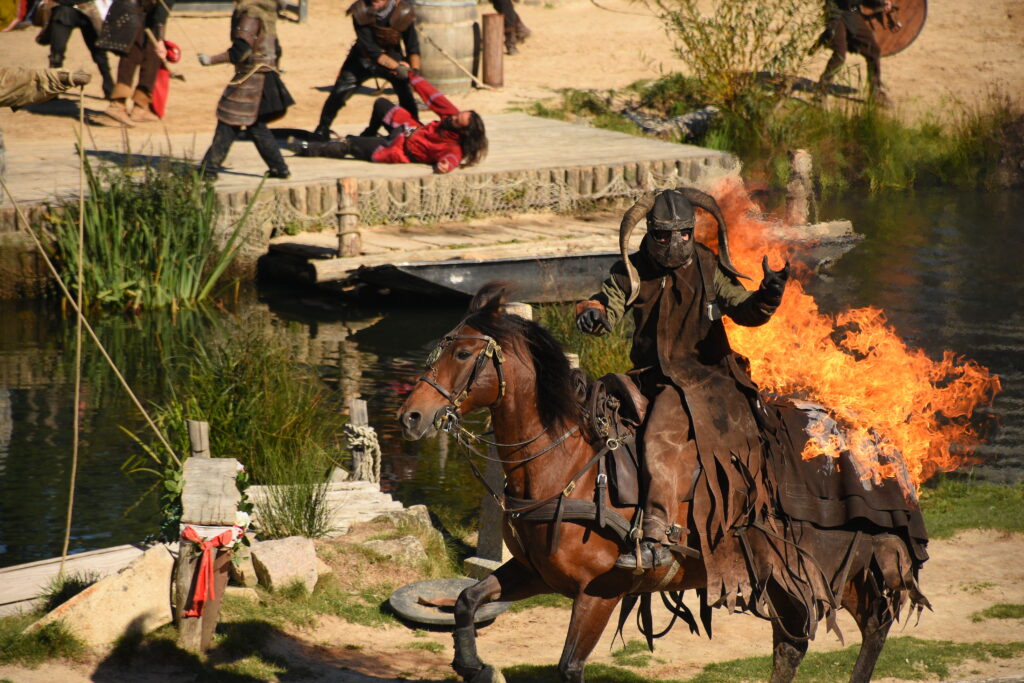
For Viking warriors, horses represented more than transportation – they were trusted companions in both life and combat. Though Vikings didn’t typically fight mounted in the manner of medieval knights, horses carried them to battlefields and enhanced their mobility during campaigns. Archaeological evidence has revealed that horses buried with warriors often show signs of long use, suggesting deep bonds formed over years of service. Many horse remains found in burial contexts display evidence of careful grooming and decorative equipment, indicating the animals were prepared ceremonially before sacrifice. This special relationship between warrior and mount likely made horses the ideal companions for the dangerous journey to the afterlife, where battles would continue eternally for those chosen by Odin.
Regional Variations in Horse Burial Practices
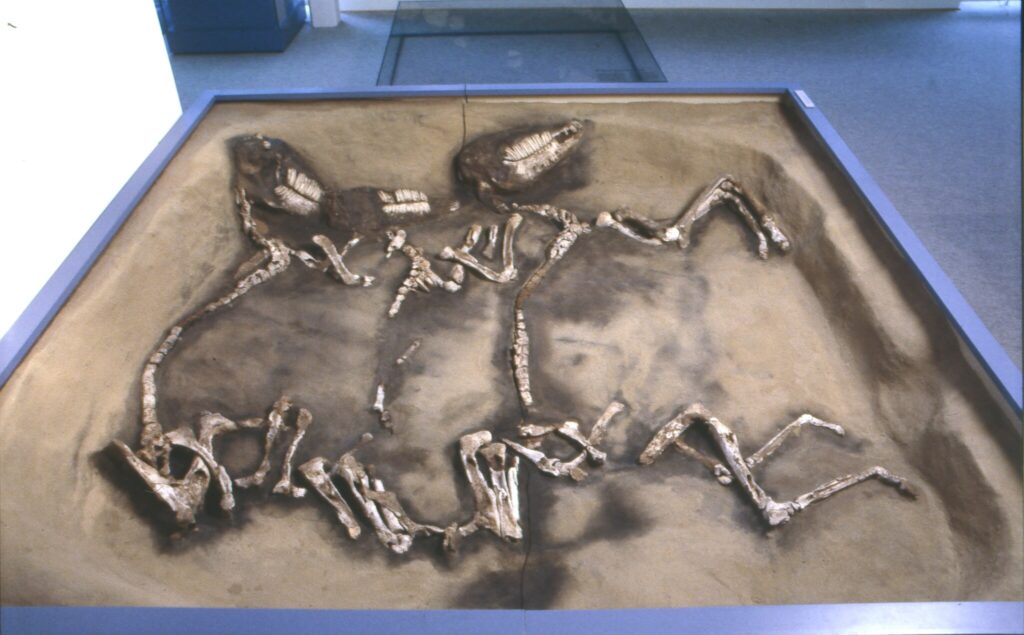
Horse burial customs varied significantly across the Viking world, reflecting regional differences in religious practices and available resources. In Denmark, horses were frequently buried intact, often with elaborate harnesses and decorative elements, suggesting a focus on the animal’s physical journey to the afterlife. Swedish burials sometimes included only portions of horses, particularly heads and hooves, perhaps representing the whole through symbolic parts. In Norwegian ship burials, horses were typically arranged in specific patterns around the vessel, creating a cosmic symbolism involving movement and transition. These regional differences provide valuable insights for archaeologists attempting to map cultural exchange and religious development across the complex network of Viking territories and settlements.
Horse Equipment as Grave Goods
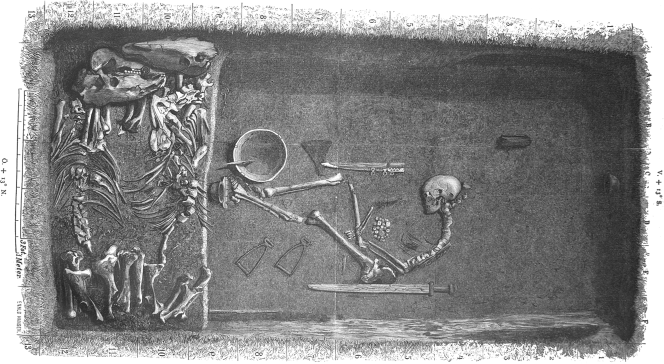
Beyond the animals themselves, elaborate horse equipment frequently accompanied Viking burials as prestigious grave goods. Ornate saddles, bridles decorated with bronze or silver fittings, and intricately crafted stirrups demonstrated both wealth and the importance of horsemanship in Viking culture. In the Bj 581 grave at Birka, Sweden, archaeologists discovered high-status riding equipment alongside weapons and gaming pieces, suggesting a warrior who valued their equestrian identity. Many buried horse trappings show minimal signs of wear, indicating they were crafted specifically for funerary purposes rather than daily use. These specialized grave goods represented significant investment and craftsmanship, highlighting the central role horses played in Viking conceptions of status, identity, and proper preparation for the afterlife.
Gender and Horse Burials
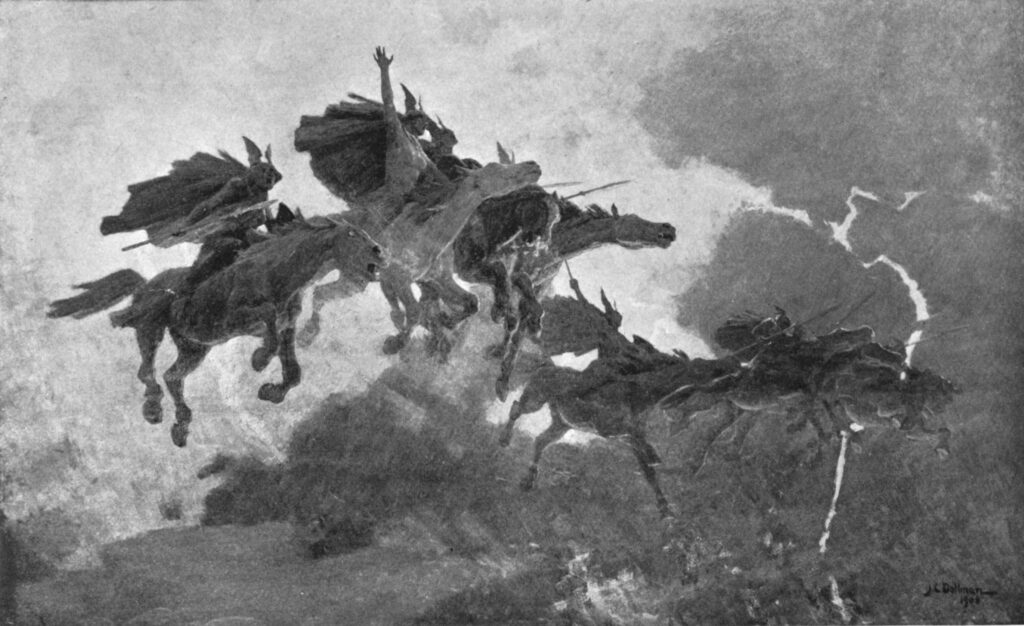
While traditionally associated with male warriors, archaeological evidence has revealed that horse burials were not exclusively linked to men in Viking society. The aforementioned Oseberg ship burial contained two women accompanied by multiple horses, challenging simplified narratives about gender roles in Norse culture. Female graves containing horses have been discovered throughout Scandinavia, suggesting that women of high status could also maintain important relationships with these animals. These discoveries align with Norse literary sources that mention female riders, horse owners, and even valkyries – supernatural female figures who chose slain warriors while riding across battlefields. The presence of horses in both male and female high-status burials indicates their universal importance as status symbols transcending gender boundaries.
The Influence of Foreign Cultures
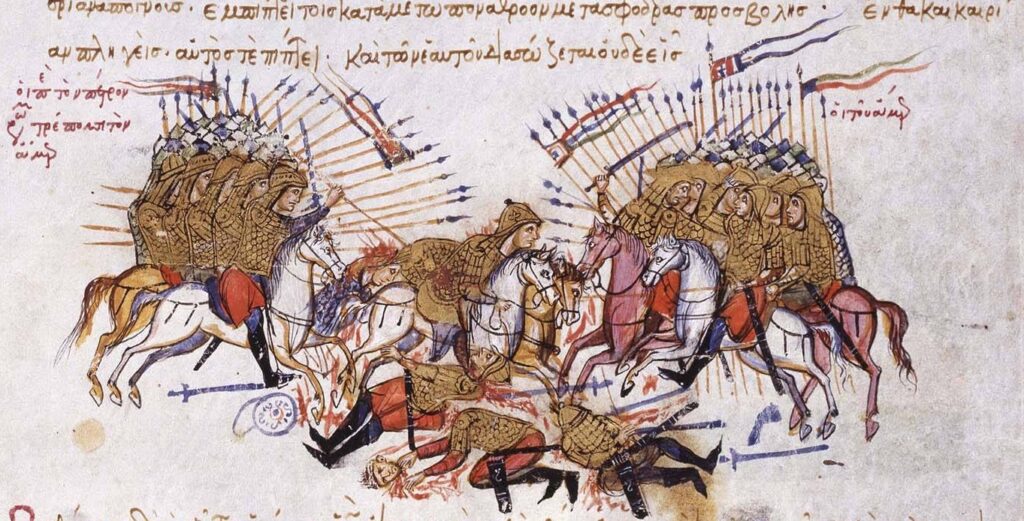
The practice of horse burial may have been influenced by cultural exchange with neighboring civilizations as Vikings expanded their reach through trade and conquest. Similar practices existed among the Scythians, Huns, and various steppe cultures with whom Vikings had direct or indirect contact. Archaeological evidence suggests horse burial traditions intensified during periods of increased interaction with the Islamic world and the Byzantine Empire, where horses held similarly high status. Christian missionaries actively discouraged animal sacrifice as they sought to convert Norse populations, making horse burials less common after the 11th century. This decline tracks closely with the gradual Christianization of Scandinavia, demonstrating how religious transformation altered even deeply entrenched funeral practices.
Archaeological Challenges in Studying Horse Burials
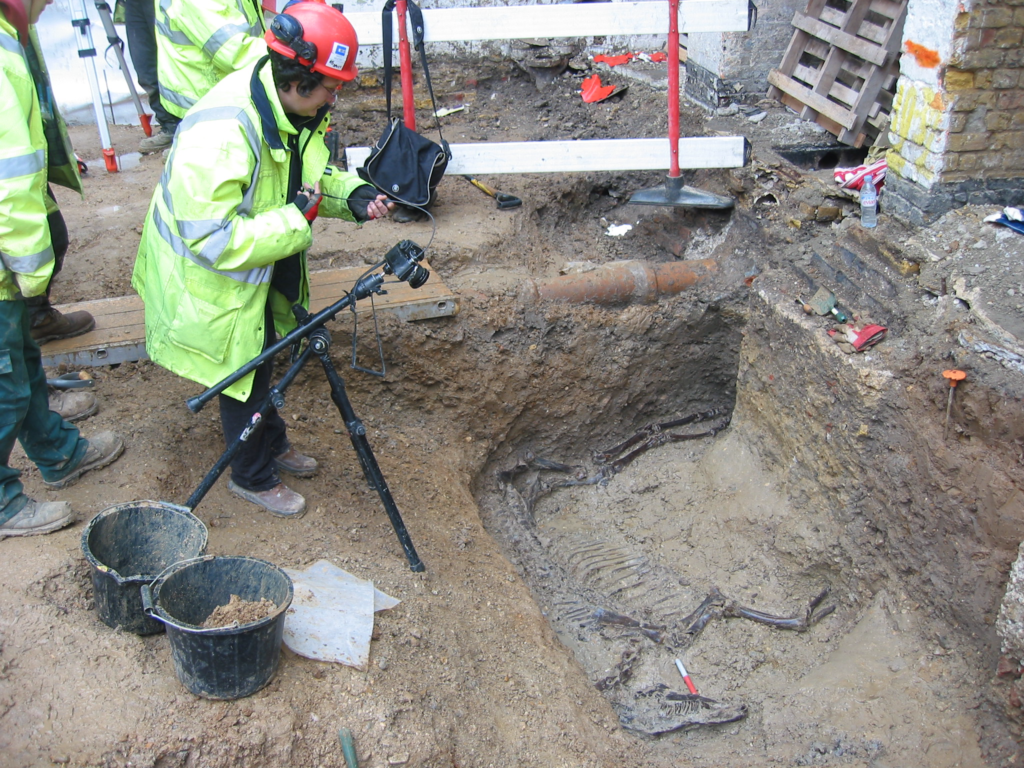
Researchers face numerous challenges when studying Viking horse burials, complicating our understanding of these practices. Poor preservation conditions in many Scandinavian soils mean that organic materials, including horse remains, often deteriorate significantly over centuries. Earlier archaeological excavations sometimes prioritized human remains and valuable artifacts, documenting animal bones inadequately or removing them without proper recording. Modern archaeological techniques now include zooarchaeological analysis, isotope studies, and DNA sequencing to reveal details about horse breeding, diet, and origins. These advanced methods have transformed understanding of Viking horse burials, revealing that many sacrificed horses showed evidence of selective breeding and specialized care that distinguished them from working animals.
Ethical Considerations of Horse Sacrifice
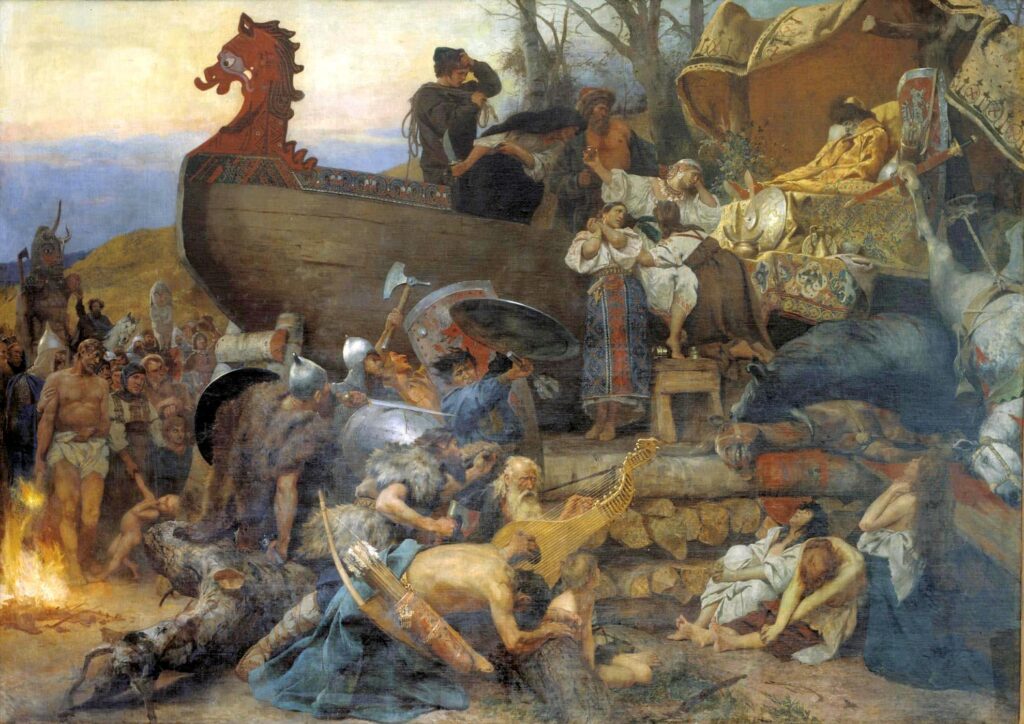
The Viking practice of horse sacrifice raises questions about how these communities balanced reverence for horses with their ritual killing. Evidence suggests that horse sacrifices were conducted with specific ceremonial protocols designed to honor the animal while ensuring its spirit accompanied the deceased. Ibn Fadlan, an Arab diplomat who witnessed a Viking funeral on the Volga River in 922 CE, described how a horse was exhausted through running before being dismembered, suggesting a ritual component to the animal’s preparation for sacrifice. Norse sagas mention specific prayers and procedures associated with horse sacrifice, indicating a formalized approach that acknowledged the animal’s spiritual significance. This complexity challenges modern observers to understand these practices within their cultural context rather than through contemporary ethical frameworks.
The Decline of Horse Burials

The practice of burying horses with nobility gradually declined as Christianity spread throughout Scandinavia from the 10th through the 12th centuries. Christian doctrine explicitly prohibited animal sacrifice as pagan practice, forcing converts to abandon traditional funeral rites. Historical records indicate that some communities maintained horse burials in secret even after official conversion, demonstrating the deep cultural attachment to these practices. Archaeological evidence shows a transition period where horse equipment might still be included in graves while actual animal sacrifice ceased. By the late 12th century, horse burials had effectively disappeared from Scandinavia, though symbolic representations of horses continued to appear in Christian contexts, demonstrating how pagan symbols were sometimes incorporated into new religious frameworks.
Modern Cultural Legacy
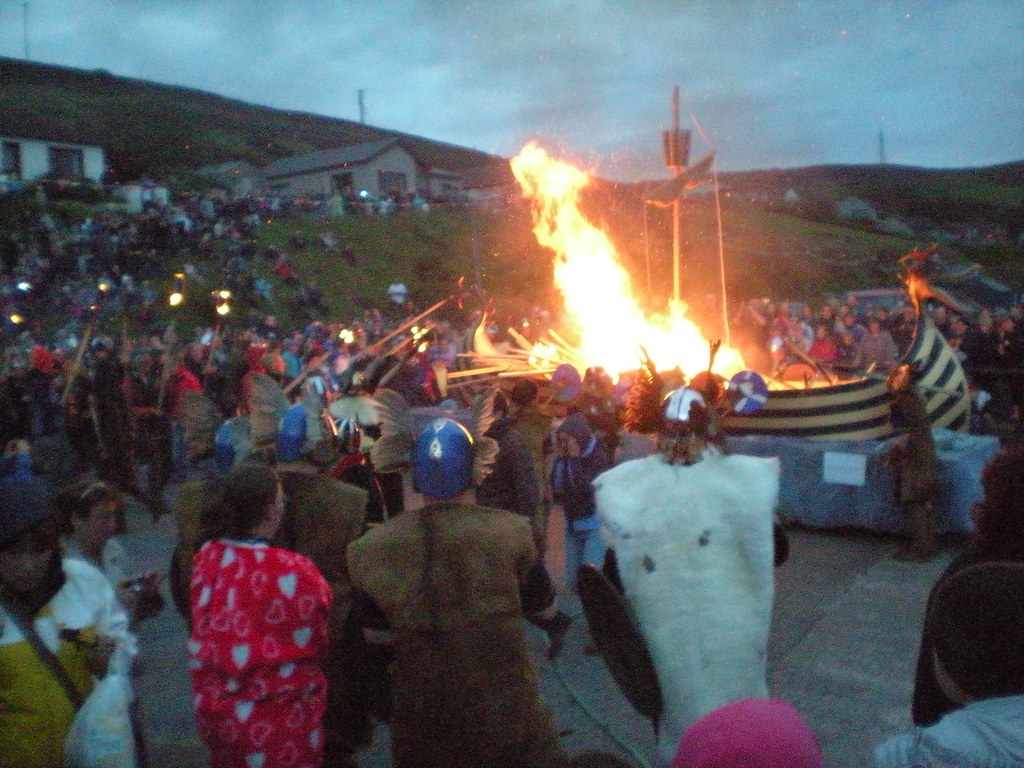
The Viking tradition of horse burial continues to fascinate modern audiences, inspiring contemporary cultural expressions and historical reenactments. Museums across Scandinavia and beyond feature exhibitions dedicated to these practices, often reconstructing burial scenes based on archaeological evidence. Popular media, including films, television series, and novels about Viking culture frequently reference horse burials to establish period authenticity and highlight Norse spiritual beliefs. Contemporary pagan movements sometimes draw inspiration from these ancient practices, developing modern ceremonies that honor the symbolic relationship between humans and horses without animal sacrifice. This enduring cultural interest demonstrates how Viking horse burials continue to resonate as powerful symbols of an ancient worldview that recognized profound connections between humans, animals, and the afterlife.
The practice of burying horses with Viking nobility represents far more than a simple funeral custom – it embodies a complex worldview where animals and humans shared interconnected fates. These burials reveal a society that recognized horses as companions, status symbols, and spiritual guides capable of traversing the boundary between life and death. As archaeological techniques continue to advance, researchers uncover ever more nuanced understandings of these practices, painting a richer picture of Viking culture. Though separated from us by centuries, these elaborate funerary rituals remind us of humanity’s enduring desire to make sense of death through meaningful ceremony and our timeless bond with the animals that share our journey through life.

